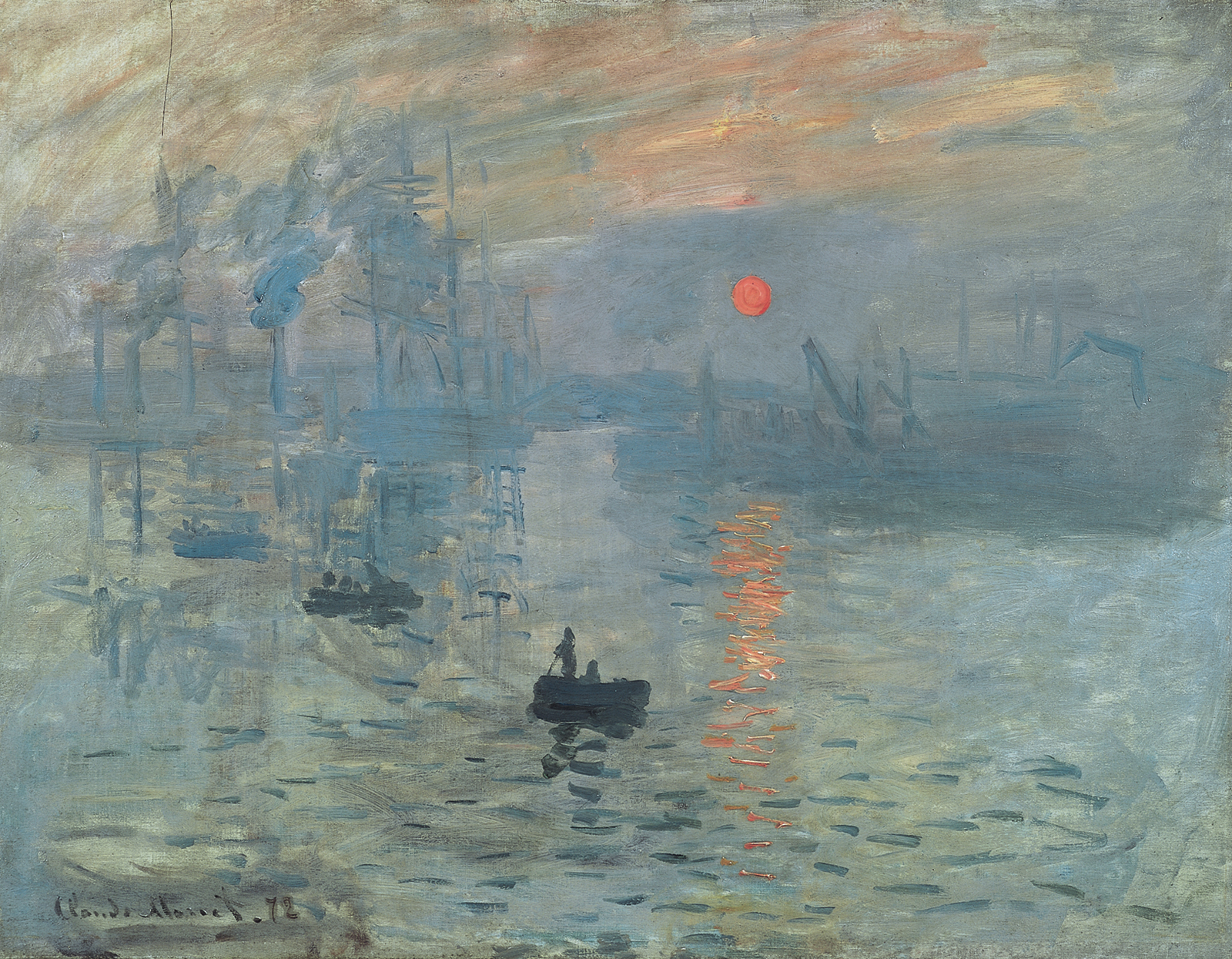History of Art
- Introduction to Art History
- Byzantine Art
- Islamic Art
- Renaissance Art
- Baroque and Rococo Art
- Impressionism and Post-Impressionism
- Modernism
- Postwar & Contemporary Art
- Art of Africa & Oceania
- Art of the Americas
Impressionism and Post-Impressionism
Origins of Impressionism

19th-century art movement.
Impressionism, a revolutionary art movement that began in the late 19th century, was born out of a desire to break away from the traditional norms of art and to depict the world as it was perceived in the moment. This unit will delve into the socio-political context of the time, the emergence of Impressionism, and the role of the Salon des Refusés and the independent exhibitions of the Impressionists.
Socio-Political Context of Late 19th Century France
The late 19th century was a time of significant change in France. The Industrial Revolution was transforming the economy and society, leading to the growth of the middle class. The Franco-Prussian War and the subsequent Paris Commune had a profound impact on the nation. These changes were reflected in the art of the time, as artists began to move away from traditional subjects and techniques, seeking instead to capture the realities and experiences of modern life.
Emergence of Impressionism
Impressionism emerged as a reaction against the formalism and rigidity of the traditional art taught in the academies. The Impressionists sought to capture the fleeting effects of light and color in their paintings, often painting en plein air (outdoors) to better observe and depict these effects. They focused on everyday scenes and people, moving away from the historical and mythological subjects that dominated academic art.
Key figures in the Impressionist movement included Claude Monet, Pierre-Auguste Renoir, and Édouard Manet, among others. Their innovative use of loose brushwork, vibrant color, and emphasis on light and atmosphere marked a significant departure from the detailed, carefully composed works of their predecessors.
The Salon des Refusés and Independent Exhibitions
The Salon, the official art exhibition of the Académie des Beaux-Arts in Paris, was the primary avenue for artists to gain recognition and sell their works. However, the Salon's jury often rejected works that deviated from the traditional style and subject matter.
In 1863, the Salon rejected a large number of works, leading to public outcry. In response, Emperor Napoleon III decreed that an exhibition of the rejected works, known as the Salon des Refusés, be held. This exhibition included works by future Impressionists and marked a turning point in the recognition of new and innovative art styles.
Frustrated by the Salon's continued conservatism, a group of artists, including Monet, Renoir, and others, organized their own independent exhibition in 1874. This exhibition, which came to be known as the First Impressionist Exhibition, was where Monet's painting "Impression, Sunrise" was displayed, leading to the naming of the Impressionist movement.
The Impressionists continued to hold these independent exhibitions, providing a platform for their innovative work and helping to establish Impressionism as a significant and influential art movement.
In conclusion, the origins of Impressionism can be traced back to a time of significant socio-political change, a desire to break away from traditional art norms, and the establishment of new platforms for the exhibition and recognition of innovative art.